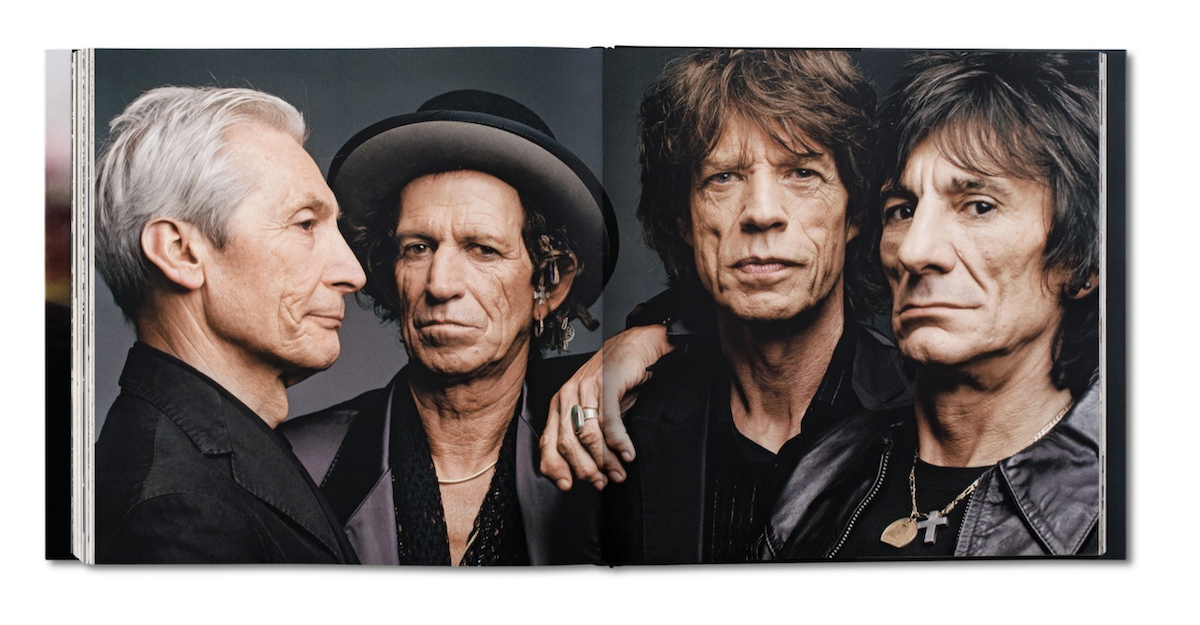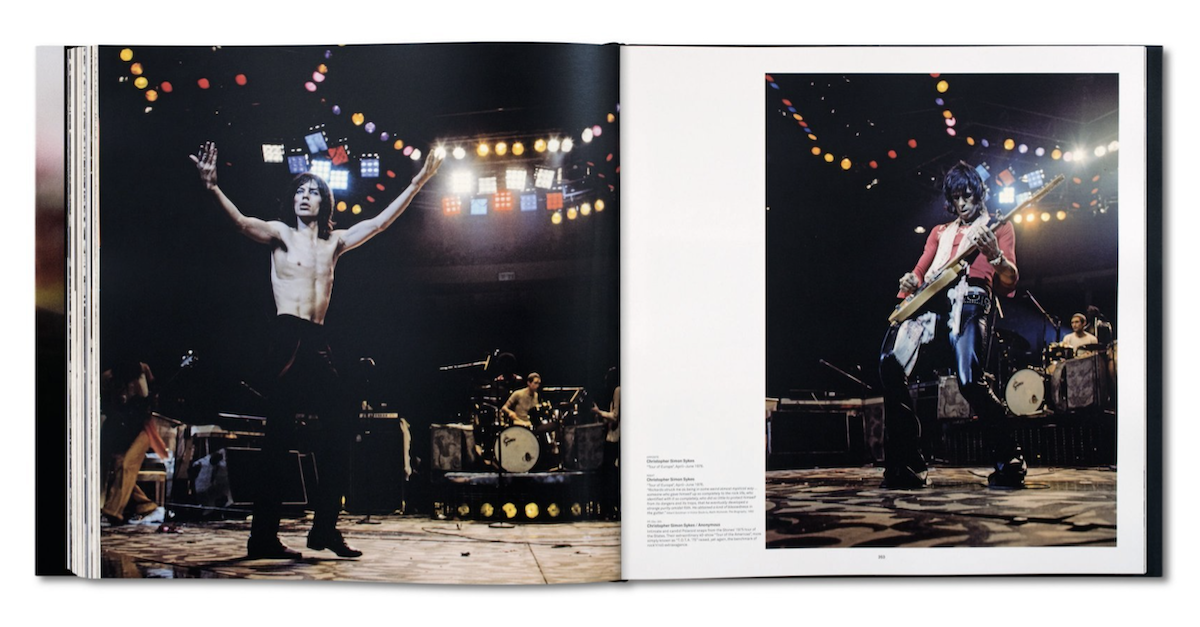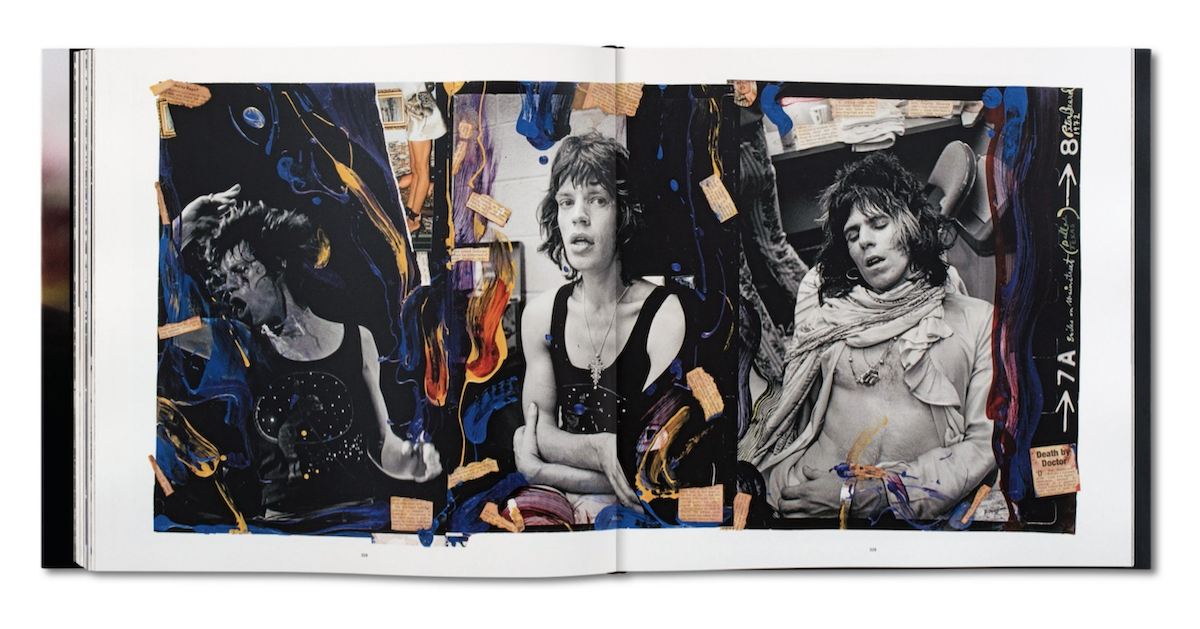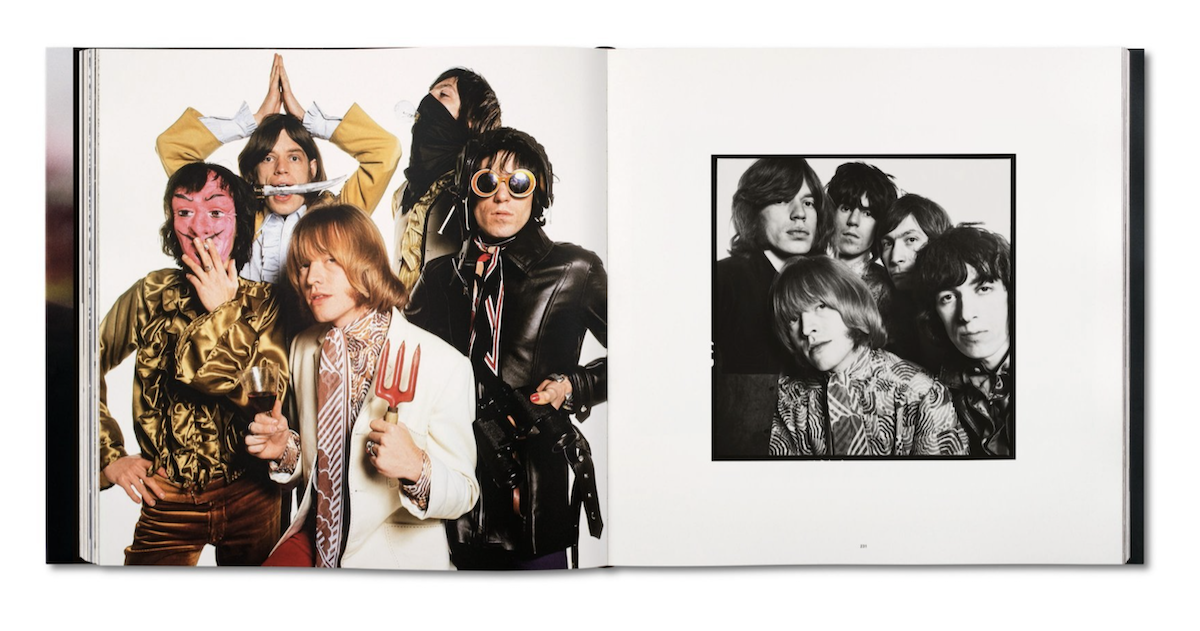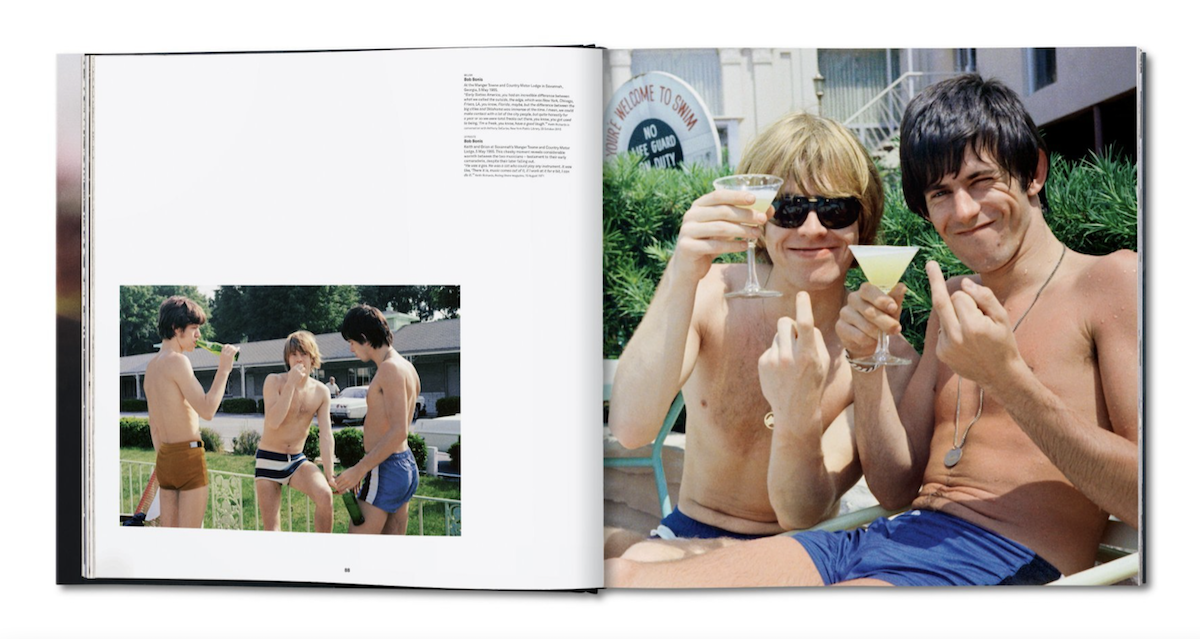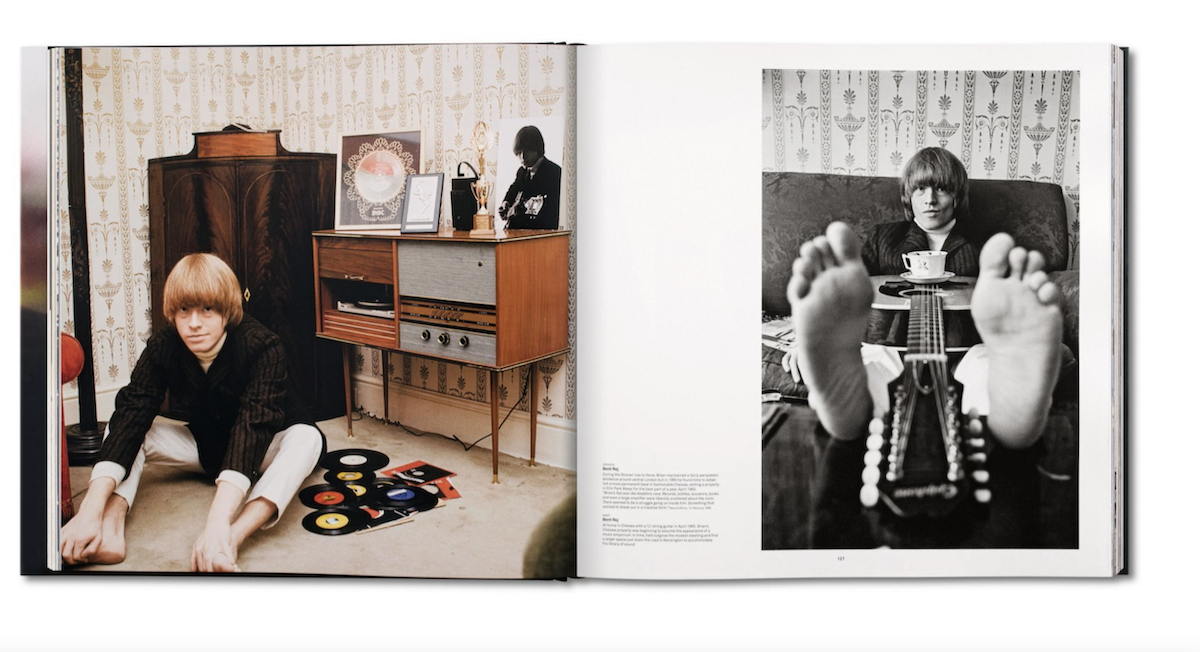Rock and roll history is built on happy accidents, moments where enthusiasm and raw talent exceed the limits of technology. Distortion, the sine qua non of modern rock, came from broken amplifiers and mixing boards, and speakers slashed to ribbons. Such excesses can be threatening. Link Wray’s gritty 1958 instrumental “Rumble” earned a ban from the airwaves for its alleged menace. Since then, rock has survived one crusade after another, launched by parents, church groups, and scaremongering charlatans.
One classic case illustrates the norm: parental overreaction to teenage rumors, incompetent response from authorities, and, as above, a technical limitation that led to a stylistic revolution. The incomprehensible vocals in the Kingsmen’s 1963 recording of “Louie, Louie” are legendary, covered and imitated by garage bands and rock stars since, and going down “in pop history,” Anwen Crawford writes at The New Yorker, “as one of the medium’s more endearing (and enduring) moments of amateurism.”
The performance “was a result of accident rather than design.” The Kingsmen recorded the song into a single microphone suspended several feet above singer Jack Ely and the band. “Ely was wearing dental braces,” notes Crawford, “and his bandmates, who were gathered around Ely in a circle, played their instruments loudly.” The band had learned the song from the Wailers, whose 1961 version covered songwriter Richard Berry’s original, both of which had been regional hits in the Pacific Northwest.
The Kingsman’s “Louie Louie” became an instant garage-rock classic, hitting No. 2 on the Billboard singles charts, despite the fact that no one who hadn’t heard the earlier versions had a clue what it was about. Since the lyrics could have said almost anything, it seemed, they provoked immediate speculation about obscenity. Rock critic Dave Marsh describes the phenomenon:
Back in 1963, everybody who knew anything about rock ‘n’ roll knew that the Kingsmen’s “Louie Louie” concealed dirty words that could be unveiled only by playing the 45 rpm single at 33–1/3. This preposterous fable bore no scrutiny even at the time, but kids used to pretend it did, in order to panic parents, teachers, and other authority figures. Eventually those ultimate authoritarians, the FBI got involved, conducting a thirty-month investigation that led to “Louie”‘s undying — indeed, unkillable — reputation as a dirty song.
So “Louie Louie” leaped up the chart on the basis of a myth about its lyrics so contagious that it swept cross country quicker than bad weather. Nobody — not you, not me, not the G‑men ultimately assigned to the case — knows where the story started. That’s part of the proof that it was a myth, because no folk tales ever have a verifiable origin. Instead society creates them through cultural spontaneous combustion.
The FBI investigation into “Louie Louie”’s lyrics began when outraged parents wrote letters to attorney general Robert F. Kennedy and J. Edgar Hoover. Off and on, for two years, the Bureau investigated the recording. They played it “backwards and forwards,” says Eric Predoehl, director of a documentary about the song. “They played it at different speeds, they spent a lot of time on it–but it was indecipherable at any speed.” Why they bothered is really anyone’s guess. Agents finally had to give up and close the case, after a meaningless expenditure of government resources.
They never bothered, during their investigation, to listen to the earlier recordings of the song. (The band swears Ely sung the lyrics as written verbatim.) They never interviewed Ely himself. Nor did anyone have the bright idea to walk down to the Bureau of Copyright, where they would have found un-salacious lyrics to “Louie Louie” on file. Rumor and innuendo were as good as evidence. Read the Full FBI report at NPR. “Reader beware,” they caution, “the document describes listener theories that the lyrics of ‘Louie Louie’ were secretly vulgar, and includes the supposed vulgarities.”
via Ted Gioia
Related Content:
Hear the Only Instrumental Ever Banned from the Radio: Link Wray’s Seductive, Raunchy Song, “Rumble” (1958)
A Brief History of Guitar Distortion: From Early Experiments to Happy Accidents to Classic Effects Pedals
Two Guitar Effects That Revolutionized Rock: The Invention of the Wah-Wah & Fuzz Pedals
Josh Jones is a writer and musician based in Durham, NC. Follow him at @jdmagness
 Brian started as a teen music enthusiast and journalist as early as 1970, running into folks like Jim Morrison and Nico and making connections with every musician he could lay eyes on. He leveraged this effort into finding vehicles for his songs, first with OK Savant (ca. 1990), a band that frequented CBGBs and then broke up right as it was signed to a major label. After some false starts and life changes, he likewise used his network to support his creation of three and half solo albums starting in 2008. He has also been an active producer and collaborator for artists like Ollabelle, Lucinda Williams & Taj Mahal, and several international musicians.
Brian started as a teen music enthusiast and journalist as early as 1970, running into folks like Jim Morrison and Nico and making connections with every musician he could lay eyes on. He leveraged this effort into finding vehicles for his songs, first with OK Savant (ca. 1990), a band that frequented CBGBs and then broke up right as it was signed to a major label. After some false starts and life changes, he likewise used his network to support his creation of three and half solo albums starting in 2008. He has also been an active producer and collaborator for artists like Ollabelle, Lucinda Williams & Taj Mahal, and several international musicians.